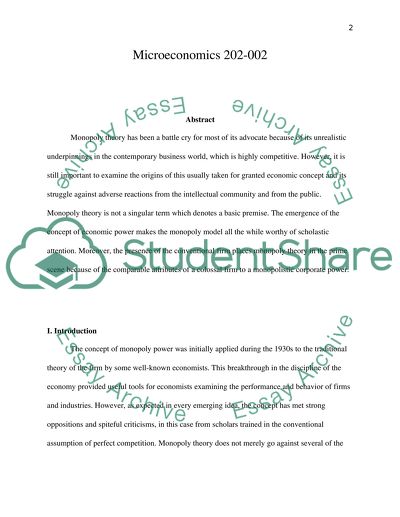Cite this document
(The Microeconomics of Power: Monopoly Theory Term Paper, n.d.)
The Microeconomics of Power: Monopoly Theory Term Paper. Retrieved from https://studentshare.org/macro-microeconomics/1549037-microeconomices
The Microeconomics of Power: Monopoly Theory Term Paper. Retrieved from https://studentshare.org/macro-microeconomics/1549037-microeconomices
(The Microeconomics of Power: Monopoly Theory Term Paper)
The Microeconomics of Power: Monopoly Theory Term Paper. https://studentshare.org/macro-microeconomics/1549037-microeconomices.
The Microeconomics of Power: Monopoly Theory Term Paper. https://studentshare.org/macro-microeconomics/1549037-microeconomices.
“The Microeconomics of Power: Monopoly Theory Term Paper”, n.d. https://studentshare.org/macro-microeconomics/1549037-microeconomices.


